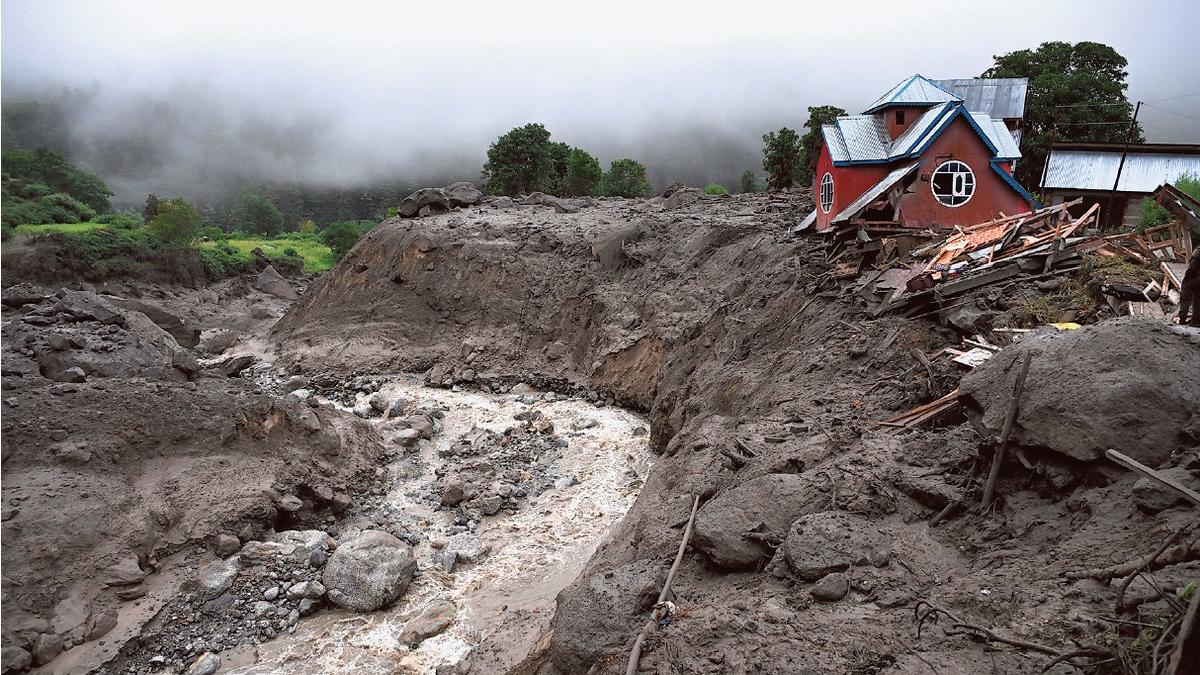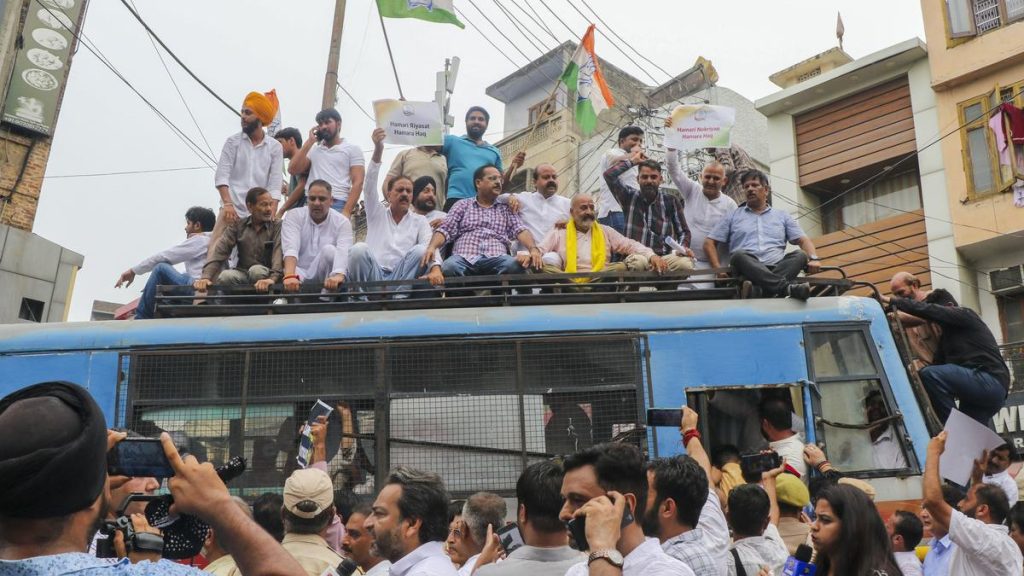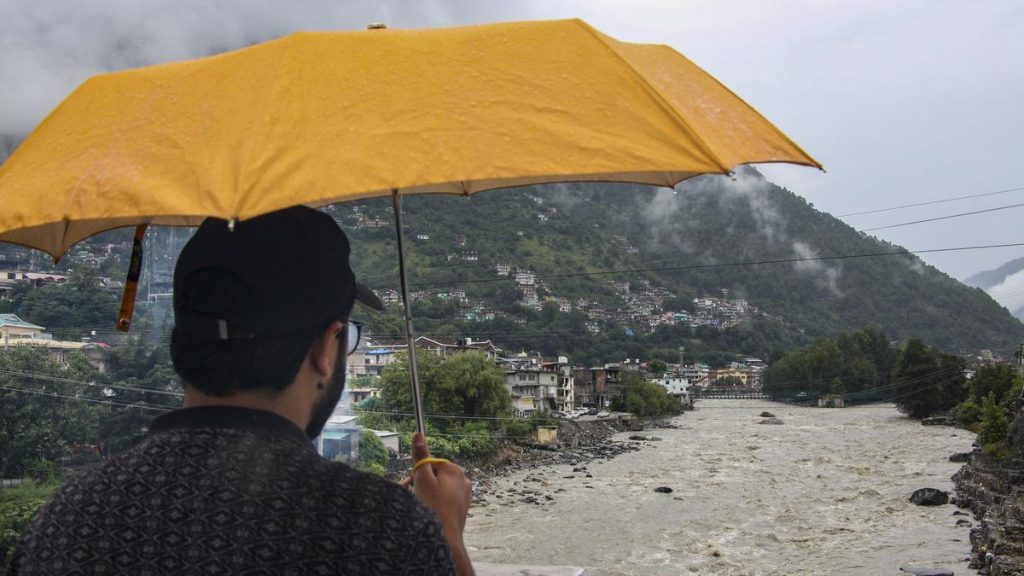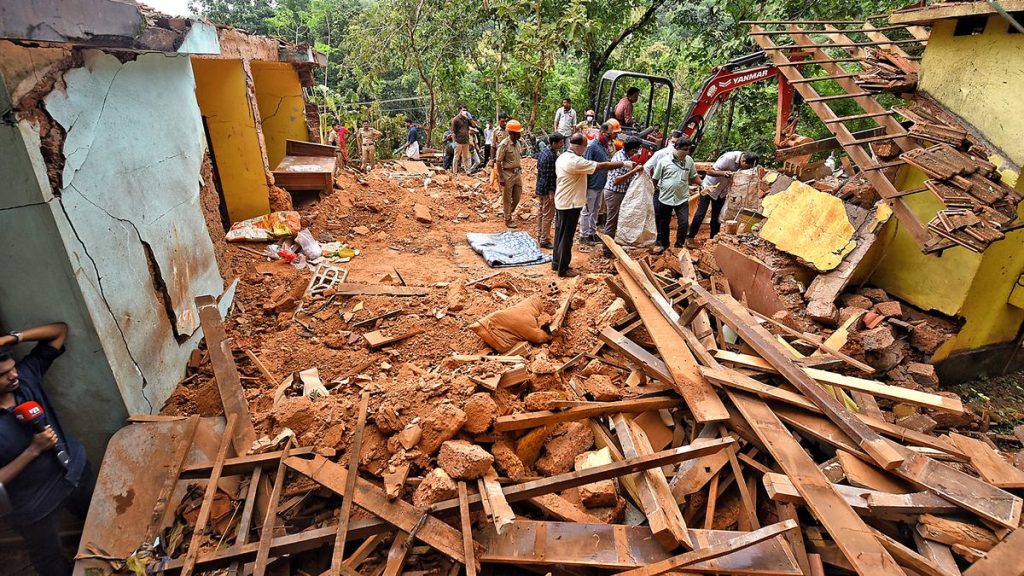Now Reading: Rain Fury Ravages Jammu, Kashmir, and Himachal: Mudslides and Floods Unleashed
-
01
Rain Fury Ravages Jammu, Kashmir, and Himachal: Mudslides and Floods Unleashed
Rain Fury Ravages Jammu, Kashmir, and Himachal: Mudslides and Floods Unleashed

Quick Summary:
- Jammu and Kashmir has faced extreme weather for three weeks,resulting in over 105 deaths and 32 people missing.
- Heavy rain and landslides in Kishtwar on august 14 killed at least 65 people, mostly pilgrims on teh Machail Mata Yatra route, with rescue operations continuing.
- On August 26, another massive landslide near Katra along the Vaishno Devi pilgrimage route killed at least 34 pilgrims. Severe weather warnings where allegedly ignored during the pilgrimage.
- Flash floods in Kathua claimed seven lives, including five children; public infrastructure like bridges and homes were severely damaged.
- Record-breaking rainfall: jammu received its highest rainfall (296 mm) since records began in 1910.
- Rivers such as Jhelum swelled too alarming levels, causing disruptions to roads, rail links, power lines, mobile phone networks, and internet services across Jammu & Kashmir. Floods brought back memories of the devastating 2014 floods.
- Environmental concerns raised by experts regarding unplanned construction and flawed urban development policies contributing to disaster severity.
Images included:
- aftermath of destruction (Chashoti village).
- Damaged vehicles from flash floods.
- Rescued pilgrims crossing makeshift water channels.
- Overflowing Beas River (Kullu).
- Destruction of homes/vehicles in Chashoti area.
Indian Opinion Analysis:
the recent extreme weather events underscore both environmental vulnerabilities specific to mountainous regions like Jammu & Kashmir and systemic challenges in disaster management preparedness across India. The record-breaking rainfall disrupts life drastically while highlighting climate irregularities increasingly becoming common due to global warming.
Pilgrimage-related losses reveal gaps between policy implementation concerning public safety advisories against severe climatic conditions-a point criticized by stakeholders like Chief Minister Omar Abdullah regarding decisions affecting pilgrimages despite forecasts.
Long-term implications could include intensified scrutiny of developmental practices enabled rampant illegal constructions fueling destabilizing risks.plus

























